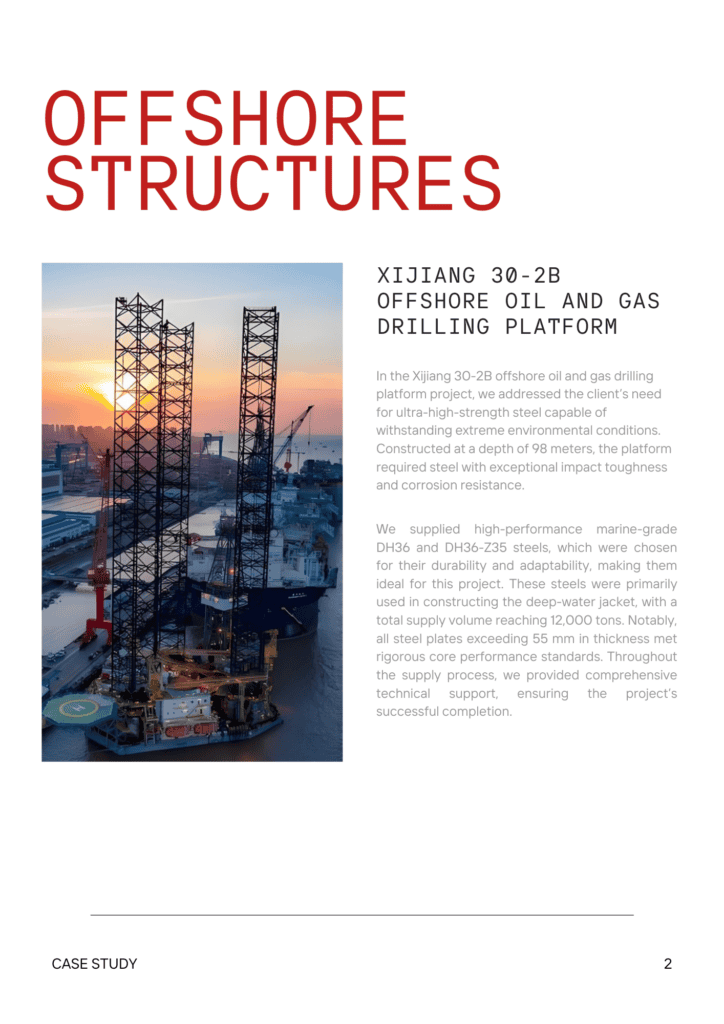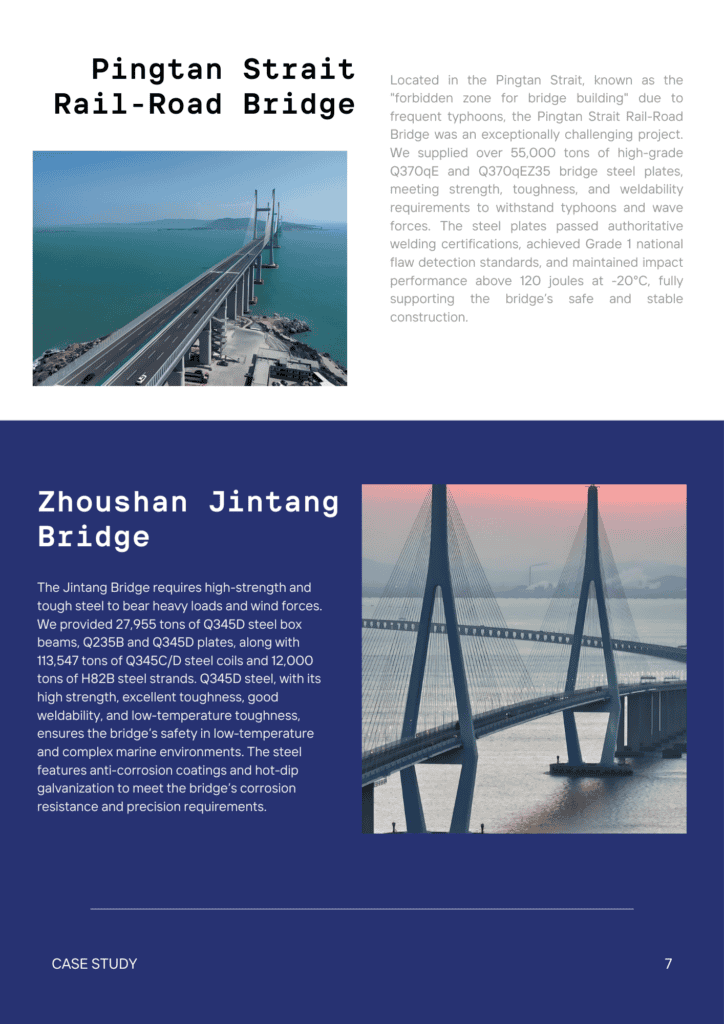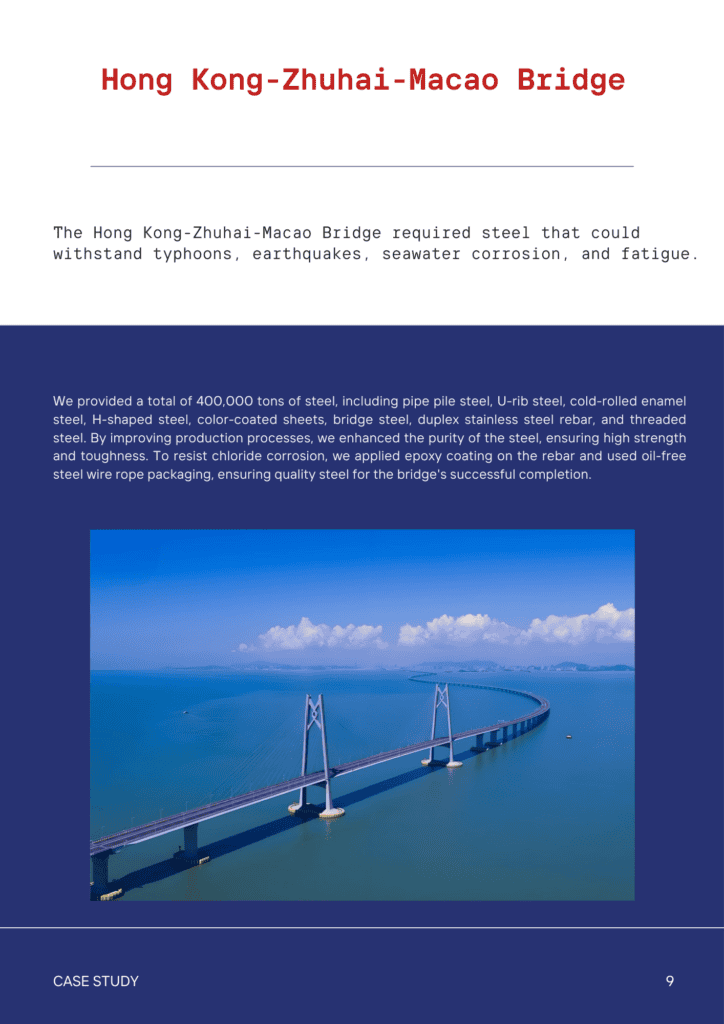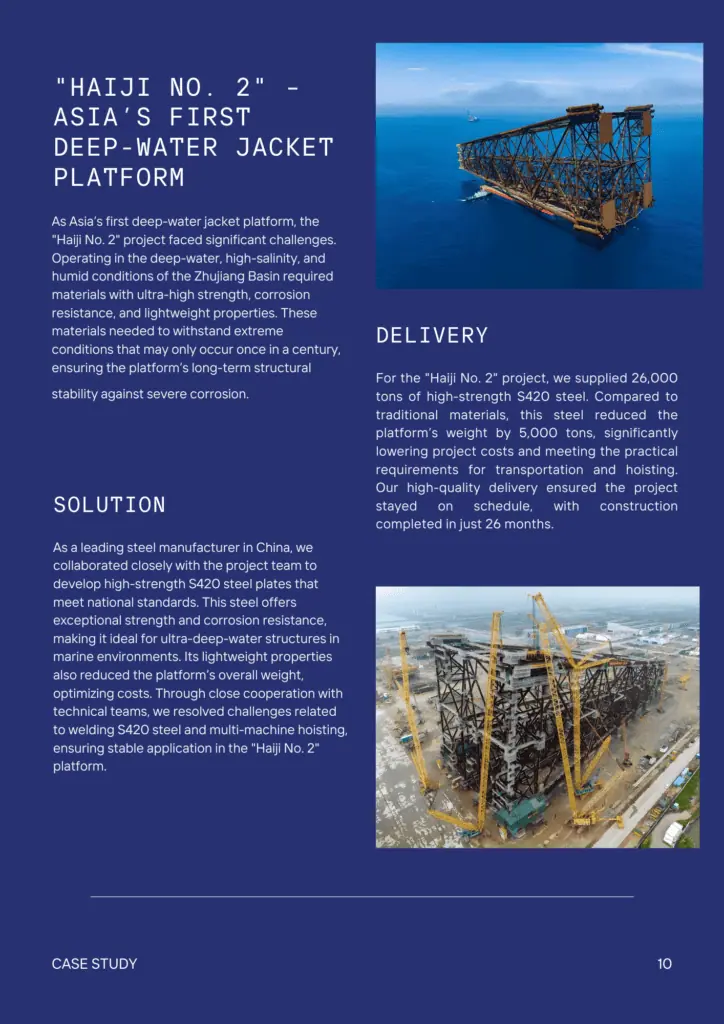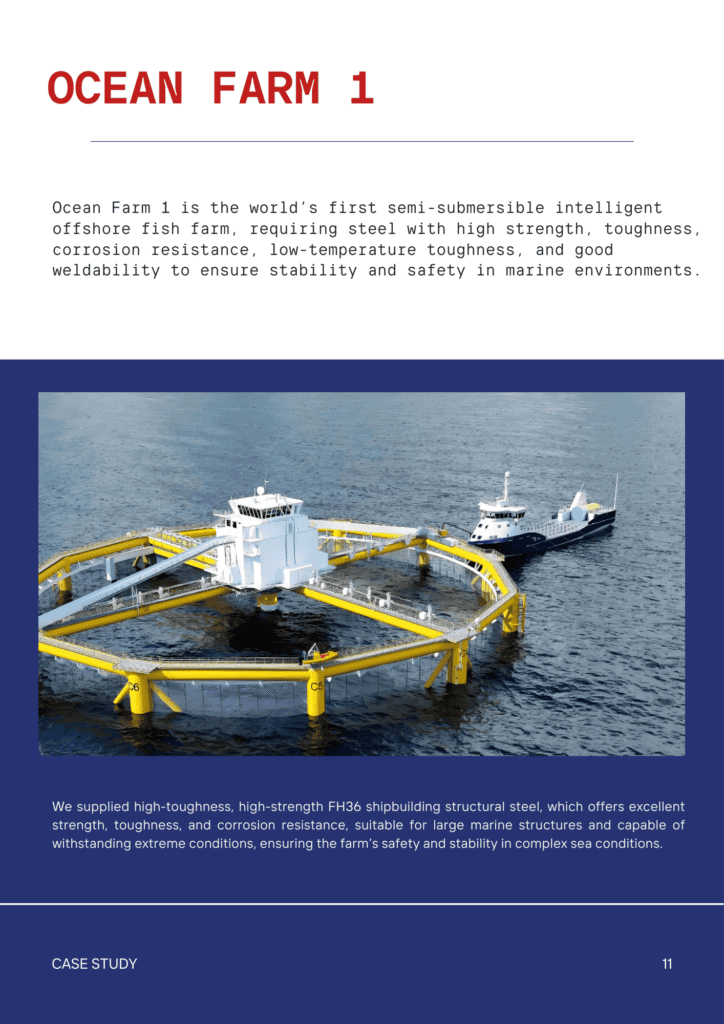Contents
WM A8 Air Hardening Tool Steel: Properties, Heat Treat, Uses
- John
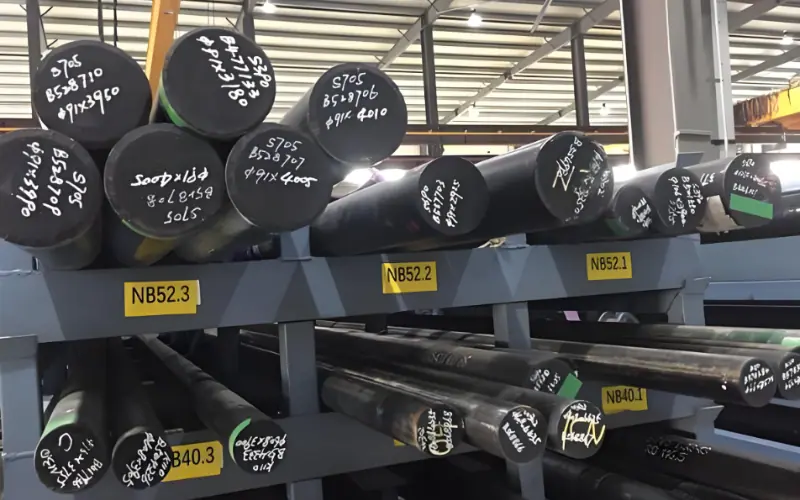
SteelPro Group offers A8 tool steel, a high-performance, air-hardening alloy combining exceptional toughness with moderate wear resistance.
In this article, we’ll explore its unique properties, heat treatment process, and common applications, helping you understand why A8 is the go-to choice for your precision tool needs.
What Is A8 Tool Steel?
A8 tool steel is a medium-carbon, air-hardening steel, equivalent to WM A8. Classified as cold-working steel, A8 is known for its excellent dimensional stability during heat treatment. It combines good toughness and moderate wear resistance, offering higher toughness than D2 and better wear resistance than S7.
Commonly used in dies, punches, and cutting tools, A8 typically ranges from C55-60 in hardness. It offers superior corrosion and wear resistance compared to H11 and H13 but is not suited for high-temperature applications prone to thermal fatigue. We provide A8 in bars, plates, and rounds, available in annealed, cold-drawn, or hot-worked states with tight tolerances.
Chemical Composition of A8 Tool Steel
A8 tool steel, with its carbon content and alloying elements such as chromium, molybdenum, and vanadium, offers excellent wear resistance, dimensional stability, and resistance to thermal cracking. The following table presents its chemical composition.
| Element | Composition (%) |
| Carbon (C) | 0.50 – 0.60 |
| Chromium (Cr) | 5.13 |
| Iron (Fe) | 90, as balance |
| Manganese (Mn) | ≤ 0.50 |
| Molybdenum (Mo) | 1.4 |
| Phosphorus (P) | ≤ 0.030 |
| Silicon (Si) | 0.93 |
| Sulfur (S) | ≤ 0.030 |
| Tungsten (W) | 1.25 |
Mechanical Properties of A8 Tool Steel
A8 tool steel offers high hardness and excellent wear resistance, ensuring minimal deformation under stress. Its toughness allows it to resist cracking and breakage, even under heavy loads. The steel maintains its strength and durability over time. The following table outlines its mechanical properties.
| Property | Value (Metric) | Value (Imperial) |
| Hardness (HRC) | 48 – 57 | 48 – 57 |
| Bulk Modulus | 160 GPa | 23,200 ksi |
| Shear Modulus | 80.0 GPa | 11,600 ksi |
| Elastic Modulus | 190 – 210 GPa | 27,557 – 30,457 ksi |
| Poisson’s Ratio | 0.27 – 0.30 | 0.27 – 0.30 |
| Machinability | 65% | 65% |
Physical Properties of A8 Tool Steel
A8 tool steel features a high density and a relatively high melting point, offering excellent thermal stability. Its low coefficient of thermal expansion ensures minimal dimensional changes under varying temperatures, while its thermal conductivity supports efficient heat dissipation during operations. The following table presents its physical properties.
| Property | Value (Metric) | Value (Imperial) |
| Density | 7.80 g/cm³ | 0.282 lb/in³ |
| Melting Point | 1,400°C | 2,552°F |
| Thermal Conductivity | 25.0 W/m·K | 14.5 BTU·in/hr·ft²·°F |
| Coefficient of Expansion | 11.0 µm/m·°C | 6.1 µin/in·°F |
| Specific Heat | 460 J/kg·K | 0.11 BTU/lb·°F |
A8 Tool Steel Heat Treatment
Heat treatment of A8 tool steel can enhance its hardness, wear resistance, toughness, dimensional stability, and resistance to thermal fatigue. We offers A8 in annealed, cold-drawn, and hot-worked conditions to meet diverse manufacturing needs.
Annealing
To anneal A8 tool steel, heat it at a rate of 200°C (392°F) per hour up to a temperature of 870–900°C (1,598–1,652°F). Hold for 1 hour per 25.4 mm (1 inch) of thickness. Cool slowly in the furnace or air. After annealing, the hardness will be approximately 255–271 HB (Brinell).
Hardening
- Preheating
Preheat A8 tool steel to 650–700°C (1,202–1,292°F) to avoid thermal shock and ensure uniform heating. Increase the temperature gradually at a rate of 200°C (392°F) per hour.
- Austenitizing
Heat the steel to 1,000–1,050°C (1,832–1,922°F) for austenitizing. Hold at this temperature for 15 minutes for every 25.4 mm (1 inch) of thickness to ensure uniform austenite formation.
- Quenching
After austenitizing, quench the steel in oil or air. For oil quenching, use a temperature range of 850–870°C (1,562–1,598°F). If air quenching, use a temperature of 1,000°C (1,832°F). The cooling rate will depend on the quenching medium.
Tempering
For the first tempering, heat A8 tool steel to a temperature range of 150–200°C (302–392°F) and hold for 1 hour per 25.4 mm (1 inch) of thickness. If further adjustment of hardness or toughness is required, perform a second tempering at a higher temperature range of 500–550°C (932–1,022°F).
For tools with cross-sections larger than 6 inches, it is recommended to soak at the tempering temperature for 4–6 hours to relieve internal stresses and improve tool stability before performing EDM (electrical discharge machining).
A8 Tool Steel Product Forms
A8 tool steel is commonly available in various product forms, including bars, plates, and rounds, offering versatility for different manufacturing needs. SteelPro Group can provide A8 with precise tolerances and is capable of meeting custom size requirements beyond typical product ranges.
This table provides a snapshot of typical product forms and sizes available for A8 tool steel.
| Product Form | Typical Range | Metric Size | Imperial Size |
| Bars | Cold-drawn, hot-worked | 20 mm – 250 mm dia | 0.79 in – 9.84 in |
| Plates | Annealed, hot-worked | 10 mm – 100 mm thick | 0.39 in – 3.94 in |
| Rounds | Cold-drawn, hot-worked | 20 mm – 300 mm dia | 0.79 in – 11.81 in |
A8 Tool Steel Applications
A8 tool steel’s high hardness, wear resistance, and toughness make it ideal for applications requiring durability, precision, and resistance to deformation under high stress.
Common applications of A8 tool steel include:
- Blanking Dies
- Forming Dies
- Punches
- Gauges
- Cutting Tools
- Trimming Tools
- Rollers and Inserts
- Shear Blades
- Stamping Tools
A8 Tool Steel Customization Services
At SteelPro Group, we specialize in delivering A8 tool steel in bars, plates, and rounds. we also offer specialized machining services for A8 tool steel, such as precision cutting, grinding, milling, and turning. Whether you need complex shapes or high-performance tooling, we have the expertise to deliver exactly what you need.





